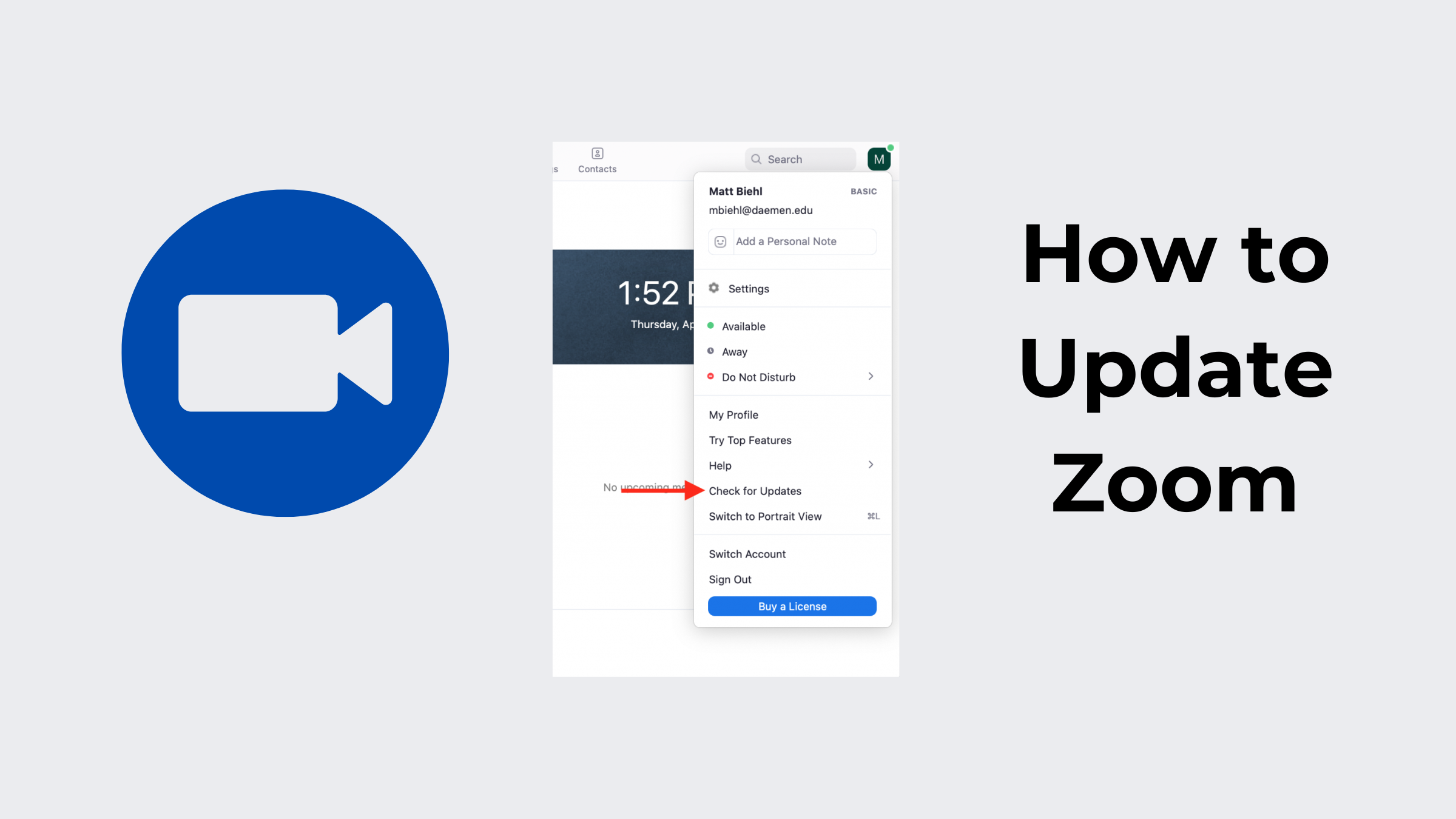How to Set Up Teams Meeting [2025 Complete Guide]

Video conferencing is the ultimate mode of communication these days. It doesn't matter if you've classes or a full-time job; you need the right platform to have video communication. For this reason, Microsoft Teams is the go-to option. It offers virtual meetings. It can be integrated with Microsoft 365, so you can manage your documents as well. In addition, it promises easy scheduling and even lets you record your Teams meetings to ensure nothing important is missed.
So, if you are new to Microsoft Teams and want to know how to get started, we are here. We are sharing how to set up Teams meeting with easy steps. Also, we are sharing steps for desktop and mobile users, so keep reading!
Part 1: What You Need Before Creating a Teams Meeting
Before you start scheduling the meeting, remember that you need the right tools. In addition, you should know the right settings to make sure the communication is error-free. We are saying this because the right settings can improve the performance. Let's have a look at the must-haves!
1. Microsoft Teams Account
You need a registered Microsoft Teams account before you focus on how to set up a meeting in Teams. This could be:
- A work or school account (usually tied to Microsoft 365)
- A personal Microsoft account (for general users)
Tip for beginners: If you're unsure what type of account you have, go to teams.microsoft.com and sign in; the platform will guide you through setup.
2. Compatible Device
Microsoft Teams works on:
- Desktop and laptop computers (Windows/macOS)
- Smartphones and tablets (Android/iOS)
Choose a device based on your comfort and the complexity of the meeting. For example, managing large team meetings or screen sharing is usually easier on a desktop.
Bonus: The Best Webcam for Teams Meetings - OBSBOT Tiny 2 4K Webcam
The OBSBOT Tiny 2 is exceptionally well-suited for Teams meetings due to its ability to deliver a consistent, professional presence with minimal user intervention. It's intelligent automation streamlines the meeting experience, allowing users to focus entirely on communication rather than camera adjustments. Whether you're in a solo call or a collaborative session, the webcam adapts seamlessly to different environments and use cases, making it an ideal solution for modern remote work settings that demand both clarity and efficiency.
Key Features:
- AI Tracking with Auto Zoom: Automatically follows your movement and adjusts framing in real time, allowing you to stay naturally centered during interactive Teams sessions.
- Group and Desk Presentation Modes: Adapts intelligently to different Teams meeting scenarios — whether presenting alone, in a group, or sharing physical content like documents or a whiteboard.
- 4K Ultra-HD Video with Large CMOS Sensor: Delivers sharp, lifelike visuals in Teams meetings, ensuring a professional on-screen presence even in low-light environments.
- PixGain HDR and Dual Native ISO: This ensures balanced exposure and accurate color representation, which is especially beneficial in offices or home settings with variable lighting conditions.
- Gesture and Voice Control: Enables seamless, touch-free camera control during Teams meetings, allowing users to manage framing or zoom without breaking concentration.
3. Stable Internet Connection
Video conferencing consumes data. A reliable internet connection ensures:
- Clear audio and video
- Minimal lag
- Fewer dropped calls
Note: Minimum 1 Mbps upload/download speed for HD video calls. Remember, this is important while you learn how to create a meeting on Teams.
4. Optional (But Helpful) Tools
Outlook Integration
If you use Microsoft Outlook, Teams syncs directly with your calendar. This allows you to:
- Create a Teams meeting directly from Outlook
- View the availability of attendees
- Avoid scheduling conflicts
Microsoft 365 Subscription
While Microsoft Teams is free to use, a Microsoft 365 subscription unlocks advanced features:
- Meeting recording and transcription
- Larger participant limits
- Detailed attendance reports
- Integration with apps like OneNote and SharePoint
Part 2: How to Set Up a Teams Meeting on Desktop
If you are using Microsoft Teams on a desktop, we will share how to schedule a meeting in Teams. Have a look at the steps.
Step 1: Open Microsoft Teams
Launch the Microsoft Teams app or go to teams.microsoft.com via a browser. Log in using your Microsoft credentials.
Step 2: Click the Calendar Tab
- Look to the left sidebar.
- Click the "Calendar" icon. This syncs with Outlook if your account is connected.

Step 3: Click "New Event"
- Located in the top-right corner of the screen.
- This opens a form to schedule your meeting.

Step 4: Fill in the Meeting Details
Enter the following:
- Title (e.g., "Weekly Marketing Sync")
- Date & Time (set appropriate start/end time)
- Participants (enter emails or select from directory)

Step 5: Set Meeting Type
- Ensure that "Teams Meeting" is toggled ON.
- This adds a clickable Teams link for attendees.

Step 6: Add a Description (Optional)
- Write a brief agenda, attach files, or link to a shared document.
- Helps attendees prepare in advance.

Step 7: Click "Save"
- The invite is emailed to all participants.
- It also appears on their Teams calendar.
Pro Tip: You can also make the meeting recurring (daily, weekly, etc.) by clicking "Does not repeat" and selecting your preference.
Part 3: How to Set Up a Teams Meeting on Mobile
For people who are using Microsoft Teams on their mobile and want to learn how to schedule a call in Teams while using a mobile phone, have a look at the steps.
Step 1: Open the Microsoft Teams app
- Download from the App Store (iOS) or Google Play (Android).
- Sign in with your Microsoft account.
Step 2: Tap the Calendar icon
- Located at the bottom navigation bar.
- Tap the "+" or "New Meeting" Button
- You'll see options like "Meet now" or "Schedule meeting."
Step 3: Fill in Meeting Information
Include:
- Meeting title
- Date and time
- Add participants from your contacts or by entering emails

Step 4: Add Optional Notes or Agenda
You can include a description or attach files from OneDrive or your phone.
Step 5: Tap the "Tick" button
A link will be generated and sent to participants via email and calendar notification.

Mobile Tip: Want to join with one tap? The mobile app provides a "Join" button from the meeting reminder.
Part 4: FAQs about How to Set Up Teams Meeting
1. How do I set up a Microsoft Teams meeting?
Open Teams, go to Calendar > New Meeting > Fill in details > Click Send. It's simple and takes less than 2 minutes.
2. How do I send a meeting invite on Teams?
When scheduling a meeting, enter participant emails. Teams automatically send the invite with the meeting link.
3. Can I set up a meeting for the next day?
Yes. When choosing the date/time, select "Tomorrow" and set your preferred hour. You can schedule up to months in advance.
4. Do I need to download Teams to join a meeting?
No. Anyone can join a Teams meeting through their web browser using the invite link. No downloads required unless hosting.
Conclusion
Now you know how to set up a Teams meeting across both desktop and mobile platforms. From choosing the right tools to scheduling with precision and enhancing your video quality, you're ready to lead professional, productive virtual meetings. Teams is free and accessible on any device, and Microsoft 365 features enhance your experience but aren't mandatory. Also, OBSBOT Tiny 2 webcam can dramatically improve how you appear and sound in every meeting.
If you're ready to elevate your virtual presence, explore more Teams features like breakout rooms, live transcription, meeting polls, and advanced sharing. And remember, first impressions often start with your camera.


















